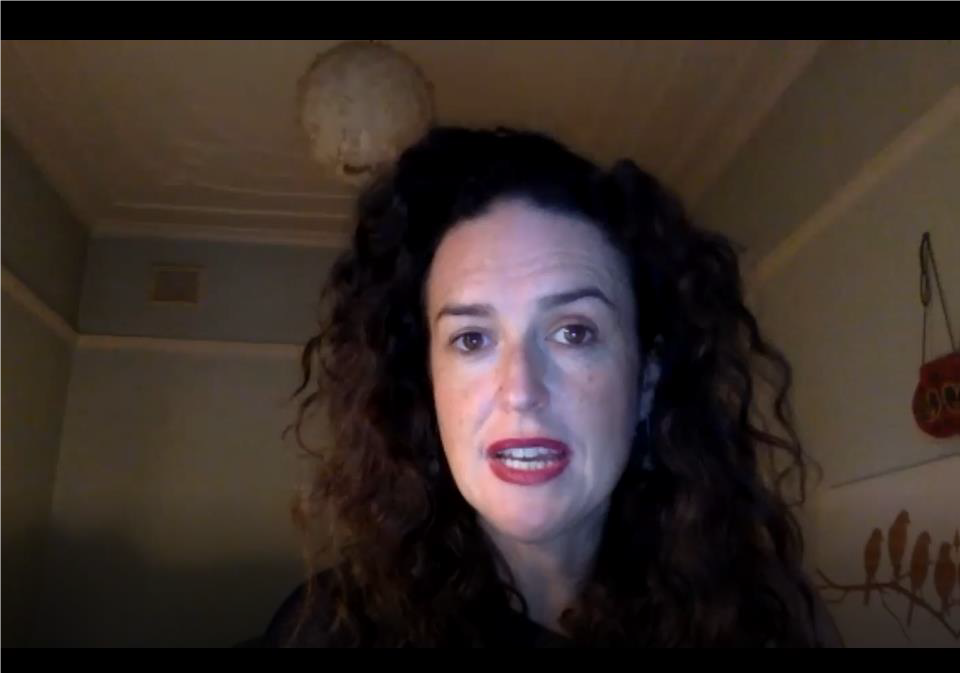How to Systematically End Violence Against Women?
Date: November 03, 2020
Jess Hill, an investigative journalist, transported the audience to a parallel reality, reminding people that what they see in news reports can happen to their loved ones. She stressed that it is not enough to just cite statistics; we need to make the numbers meaningful before explaining how to solve the problem. Although there is often a sense of powerlessness about what might be feasible, she stressed in the webinar that there are many strategies in the world that we can learn from.
First, she noted, there has been a shift in the way the issue is discussed, expanding from being viewed as a women’s issue to becoming a human rights issue, involving men in the discussion, and developing prevention strategies. However, she conceded that the systemic barriers to stopping violence seem huge and insurmountable, noting that the police are often not good at dealing with domestic violence and that, in fact, domestic abuse response only became part of their remit within the past two or three decades.
To this end, she described a solution adopted by South America in the 1980s: women’s police departments. These were created primarily to respond to victims (rather than perpetrators) and to combine psychological, social, and financial services into a one-stop aid service. Staff are focused on building trust and working with victims to decide whether to respond to the issue through the criminal justice system or otherwise.
She then introduced the issue of coercive control, noting that the Australian justice system does not recognize coercive control as a crime and only considers domestic abuse a crime when an instance of physical violence actually takes place. She stressed that domestic abuse comes in many forms: shelter workers should know that domestic abuse stories are often very similar and not limited to physical attacks.
She explained that in order for a perpetrator to be convicted, the defendant must prove the occurrence of two or more acts of abuse that caused fear, alarm, or distress. She went on to describe the passage of the bill, noting that women’s advocates had been involved in the writing of the bill during its four years of preparation. She reiterated that in-depth dialogue among key figures was a key to the shift. She said that only 20% of victims of domestic abuse worldwide report crimes to the police, but criminal justice is not necessarily the right path for everyone, so the key is to revisit our system and use the energy surrounding this discussion to drive reform.
She concluded by saying that now that domestic abuse is criminalized in the UK, she hopes it will be in Australia. While she admits that may not reduce femicides, she insists the message that domestic abuse is a crime must be communicated to the public. She also reiterated that new approaches to addressing domestic abuse should include collaboration across the network in the response system. Despite challenges and oppression, she is hopeful for reform.

